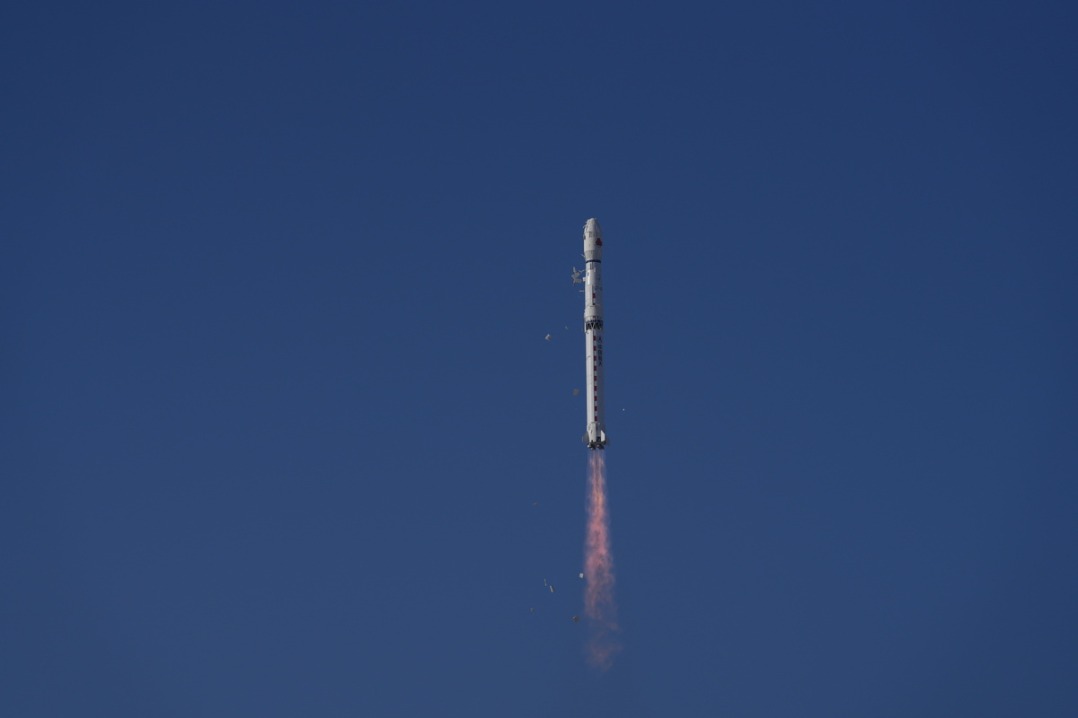Unmanned polar station 'successful'

The first Chinese unmanned weather station deployed at Dome Argus, the highest point on the Antarctic Plateau, has been hailed a success after completing a full year of testing.
The automatic station is the result of intense research by the Chinese Academy of Meteorological Sciences.
On Monday, the China Meteorological Administration said the result means the country has become the third nation - joining Australia and the United States - capable of automatically measuring climate conditions in the coldest regions of the Antarctic ice sheet.
"Construction of the station was completed on Jan 6 last year on Dome Argus, which has a surface elevation of 4,093 meters," said Ding Minghu, deputy director of the academy's Institute of Polar Meteorology. "After a year of testing, it has successfully been collecting weather data without once breaking down.
"The station has managed several times to record ultralow temperatures below -70 C. On July 10, it recorded a temperature of -78.9 C, the lowest ever recorded at the spot."
Ding added that the efficiency and accuracy of the statistics have been proven by comparative data collected by other countries' automatic weather stations.
Zhang Xia, a researcher with the Polar Research Institute of China, said the automatic and unmanned weather station is necessary because it is difficult for people to stay for extended periods in the extreme Antarctic conditions.
"This automated weather station makes contributions to many areas," he said. "It secures China's research activities in the Antarctic through improving our independent research and development capacity. Also, it helps establish a global meteorological system by sharing the data collected.
"Moreover, it allows better weather forecasts for flights or other aircraft operations that fly over or stop in the area."
According to the meteorological administration, the academy has conducted research on facilities for automated weather stations that are durable in ultralow temperatures since 2010, including battery technology, wind direction detectors and energy control systems.
After eight years of field testing, and two consecutive failures in 2015 and 2016, the academy succeeded in developing effective sensors and energy control systems, it said.
lihongyang@chinadaily.com.cn
- Former senior official of Ningxia sentenced to death
- Development program narrows urban-rural gap in Guangdong
- Wuxi Winter Bazaar creates cross-cultural gathering
- Expressway service area featuring a natural hot spring to open soon in Guangdong
- Former Ningxia political advisor sentenced to death for bribery
- Former senior official of Jiangxi expelled from CPC





































